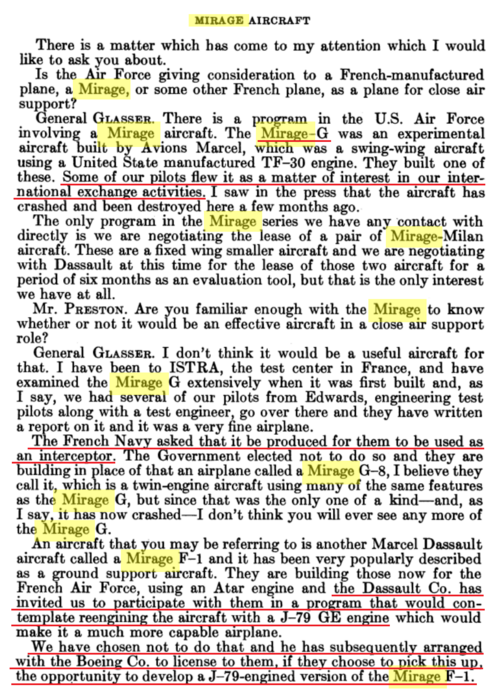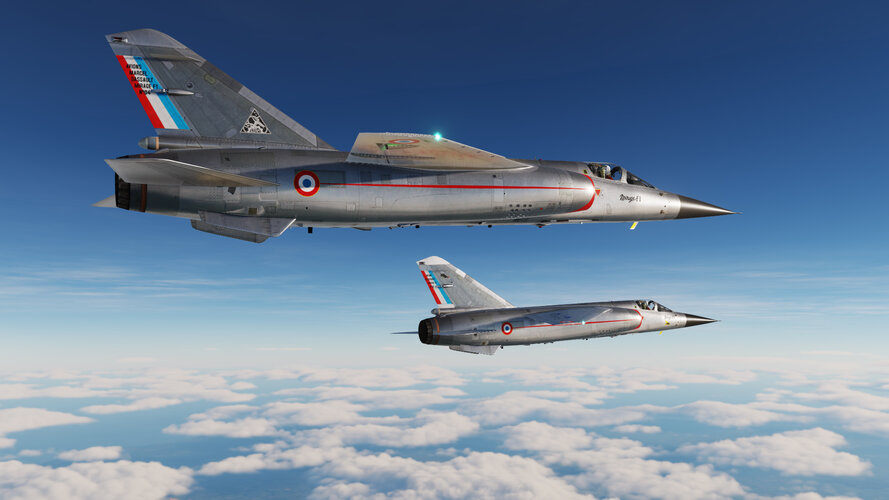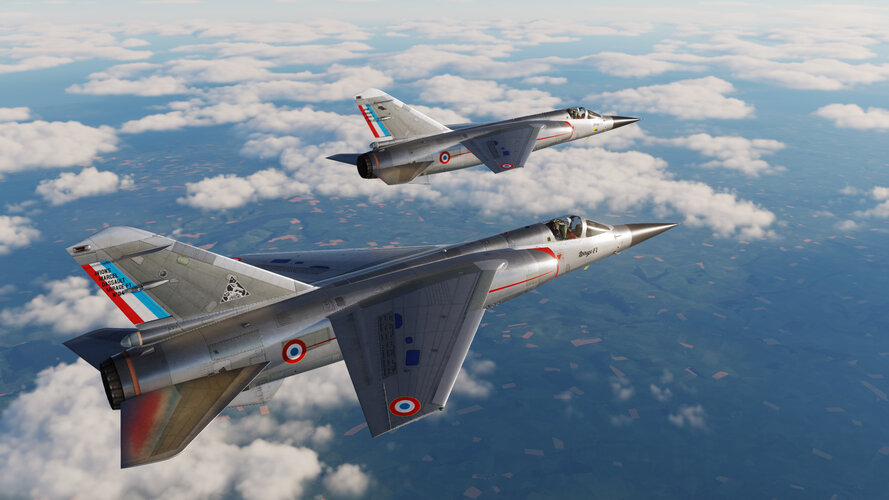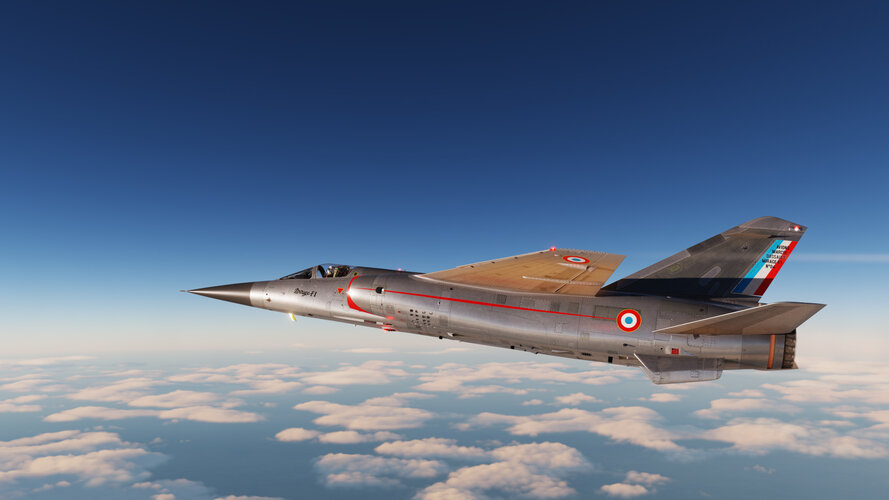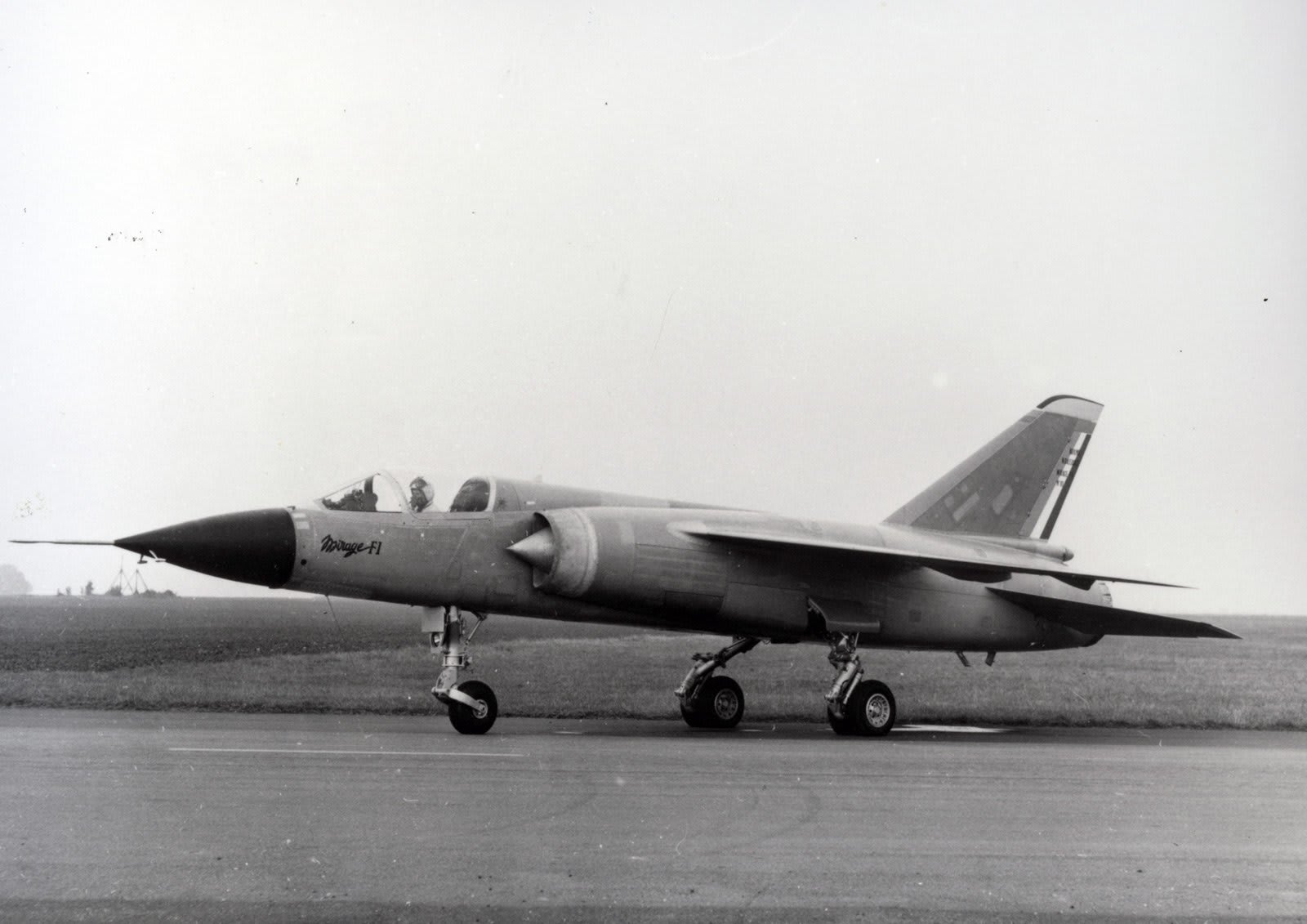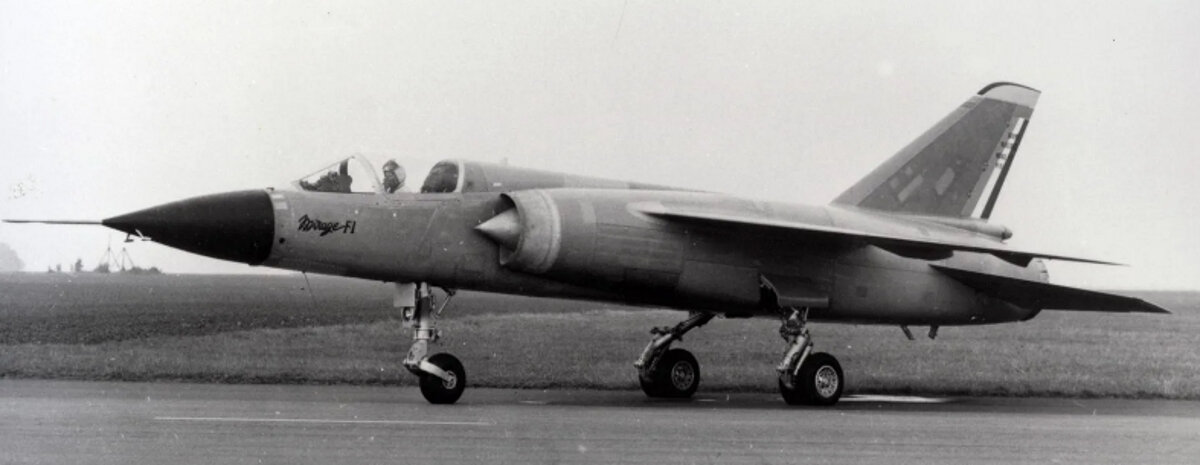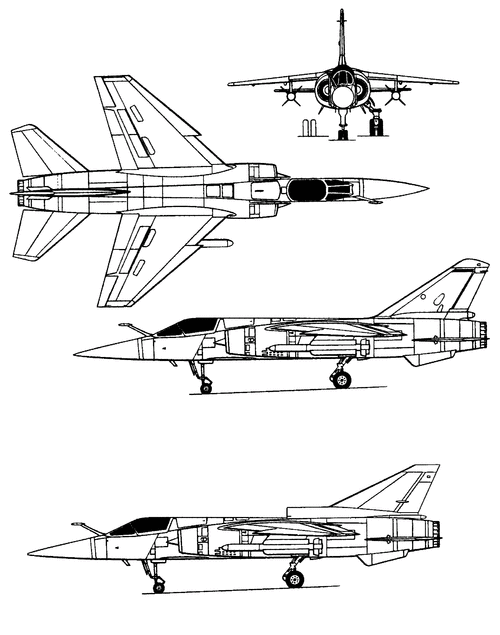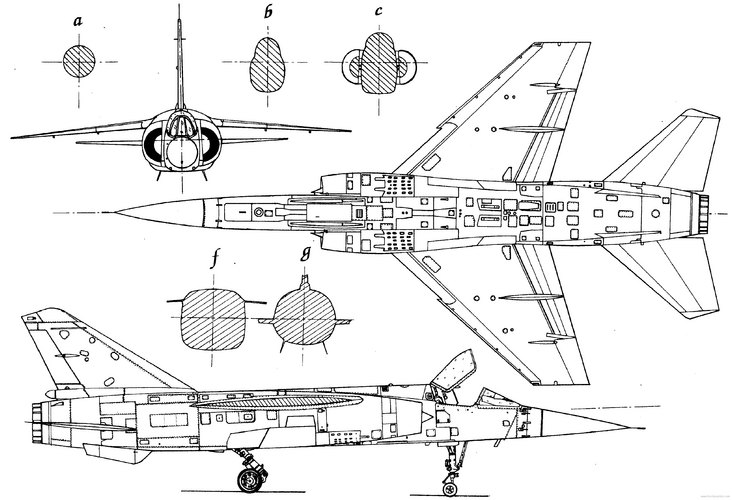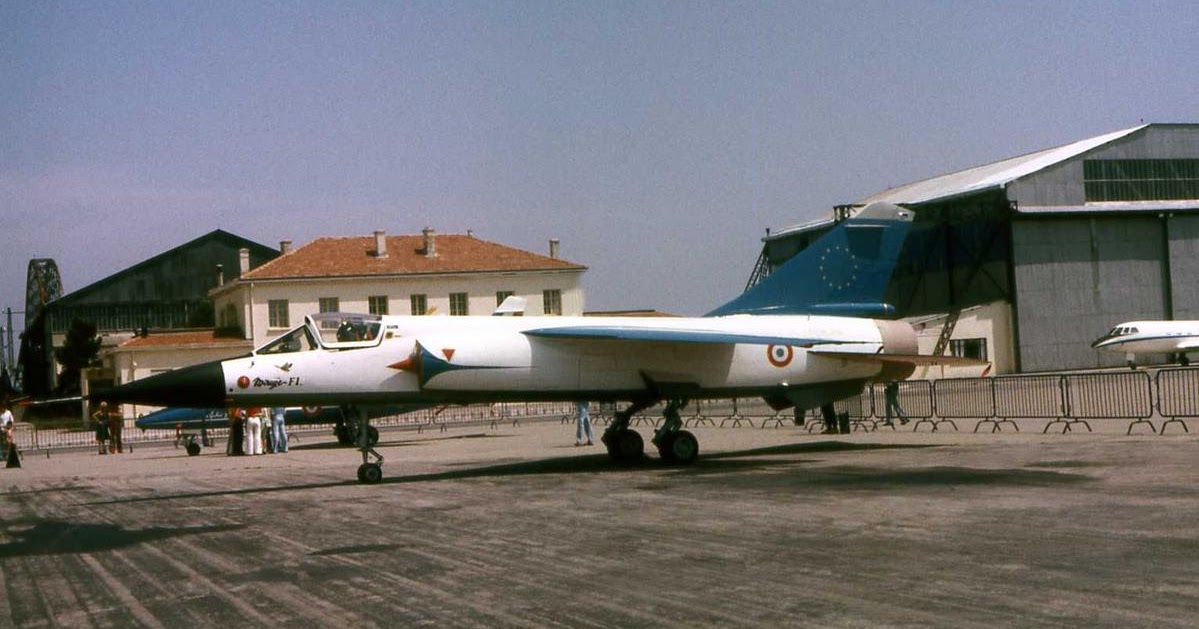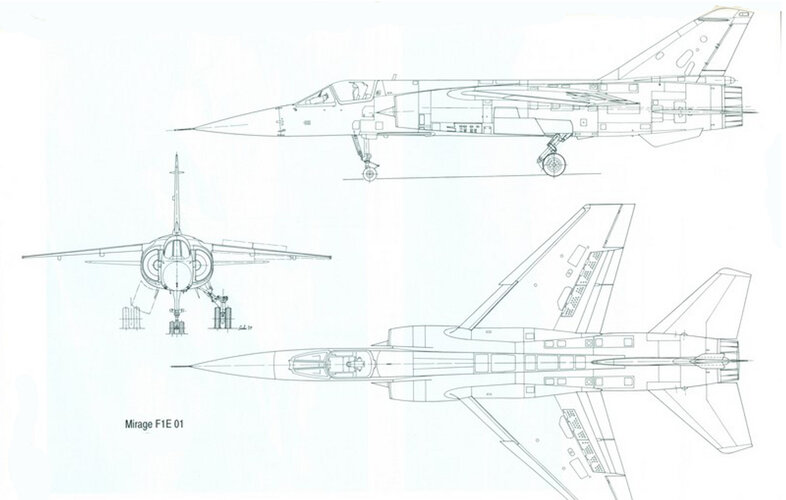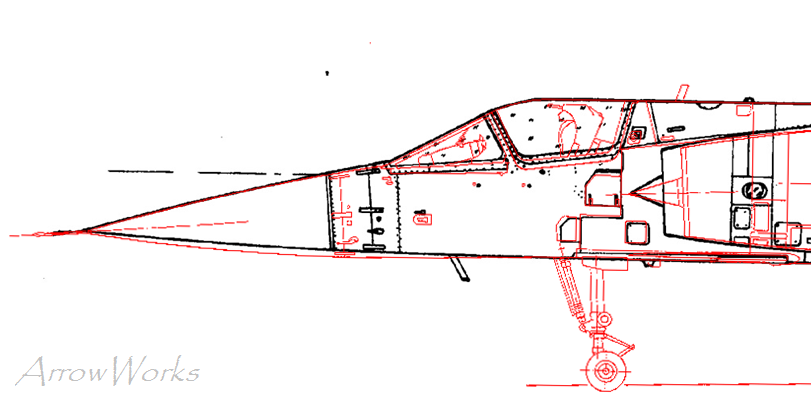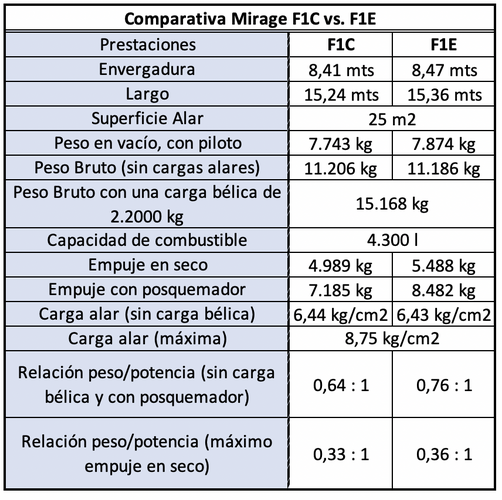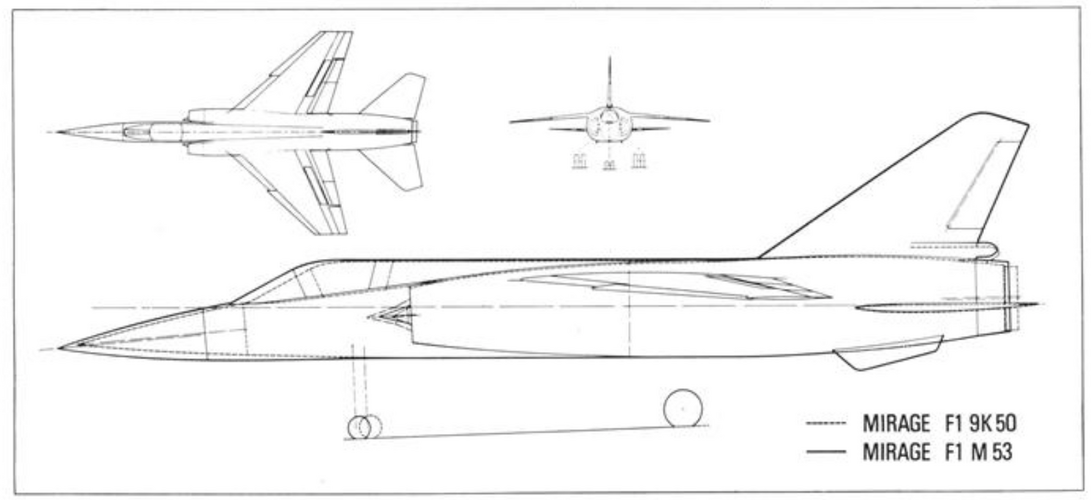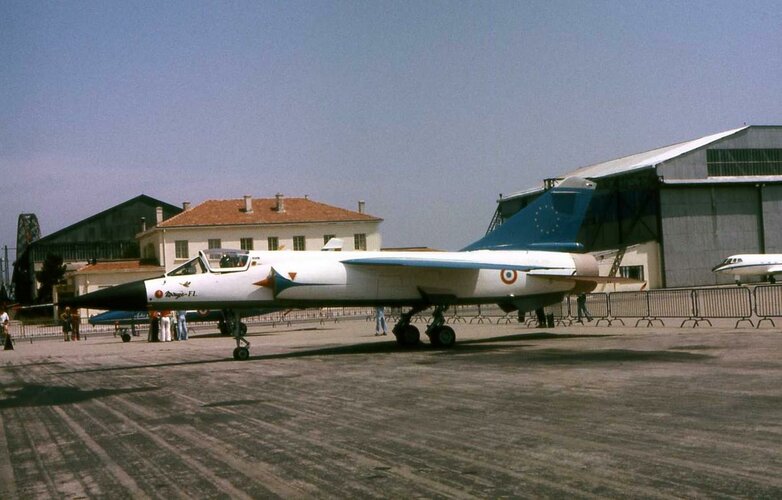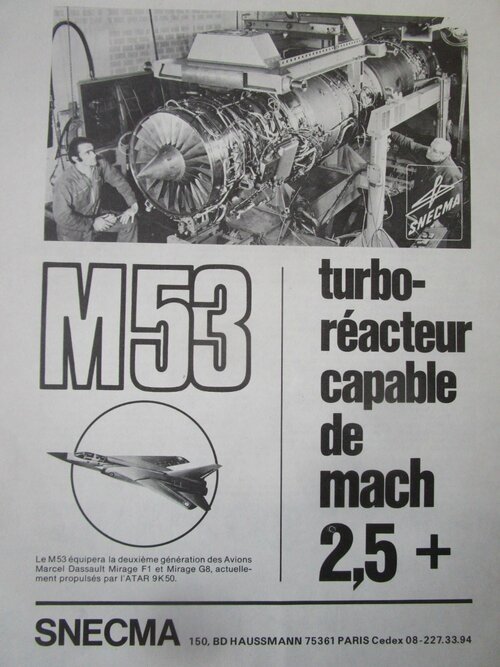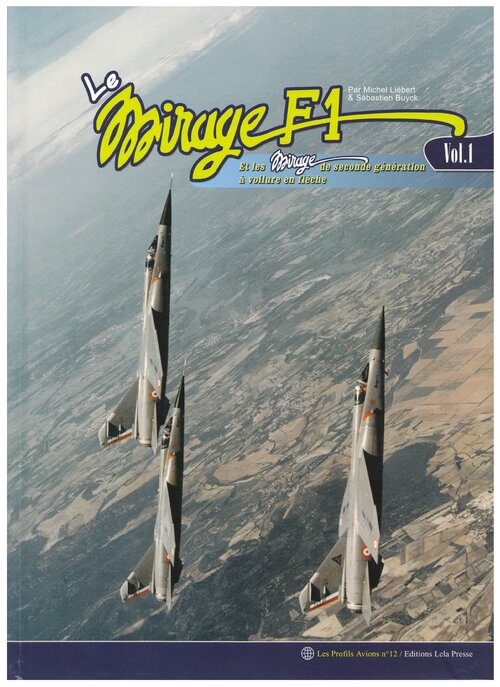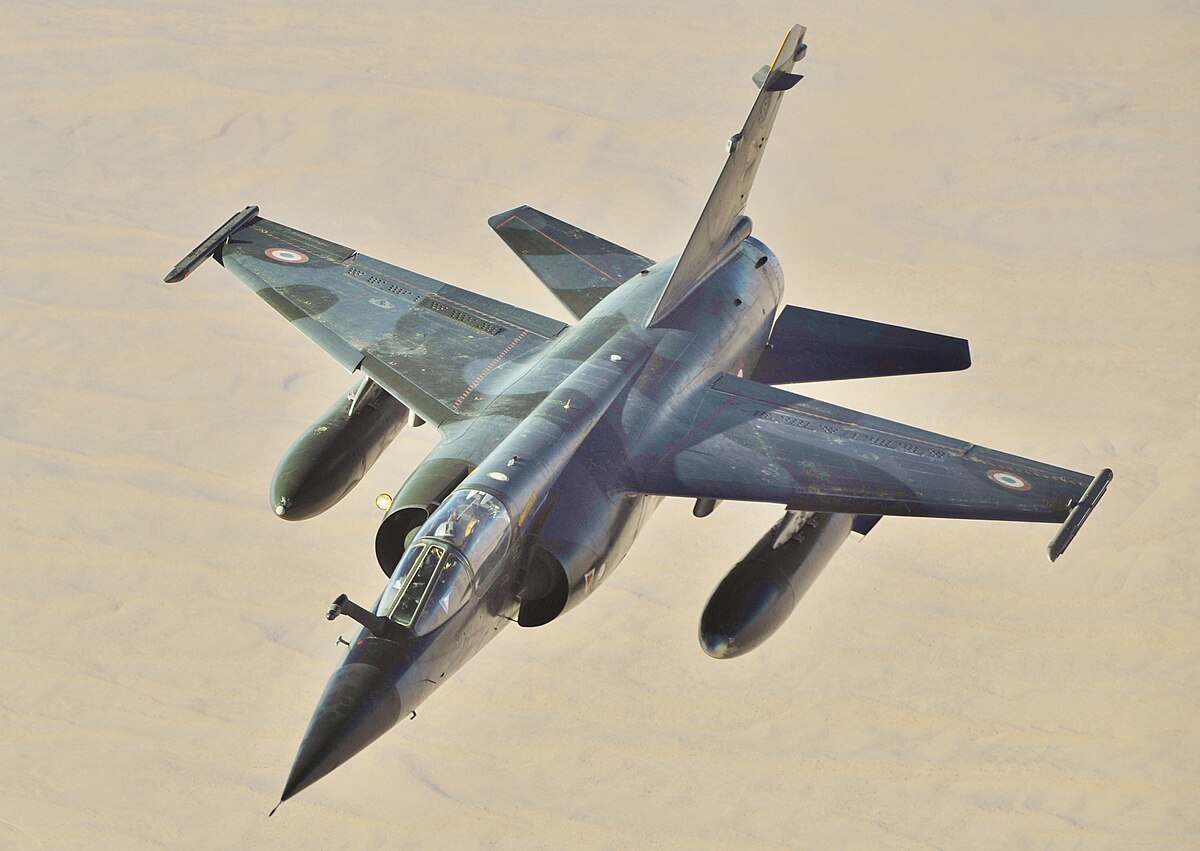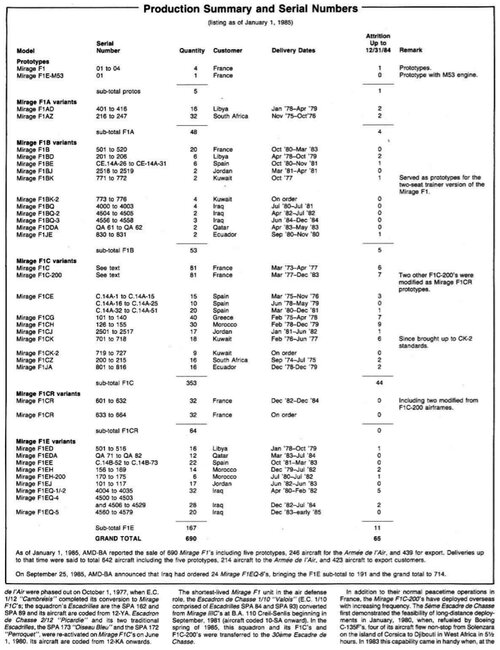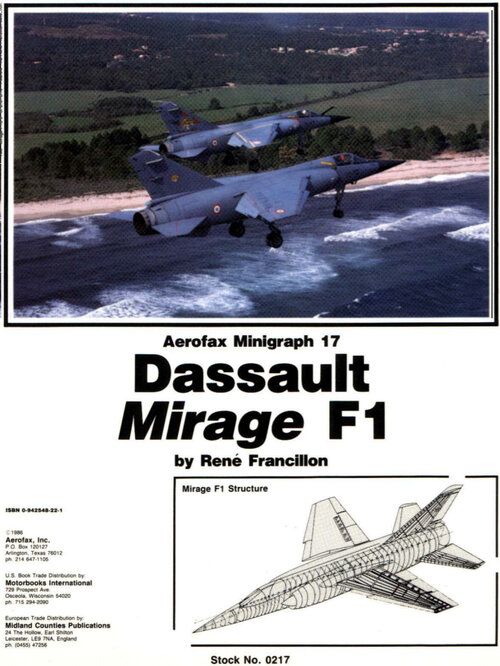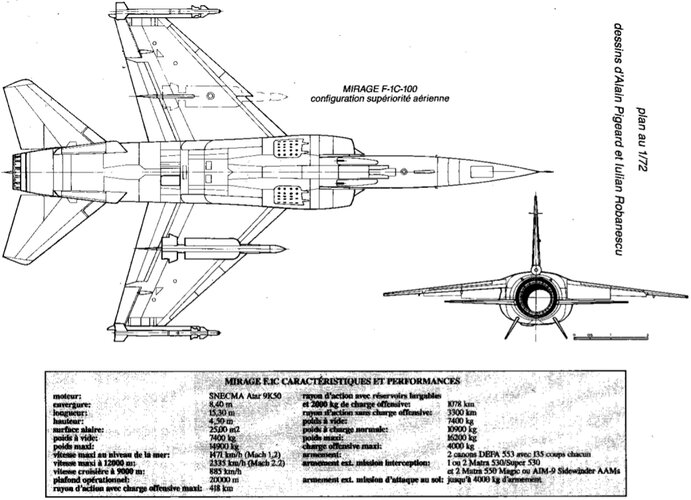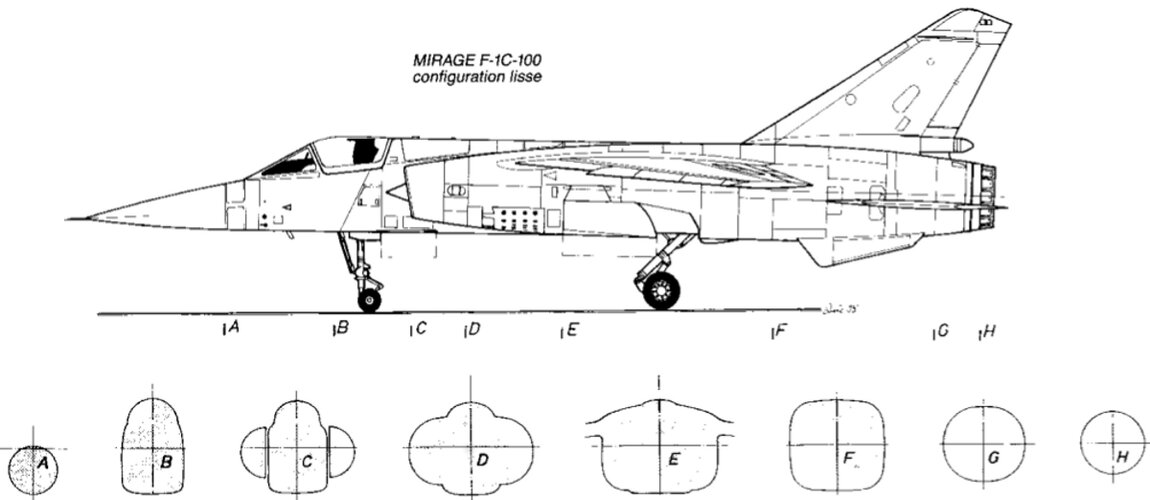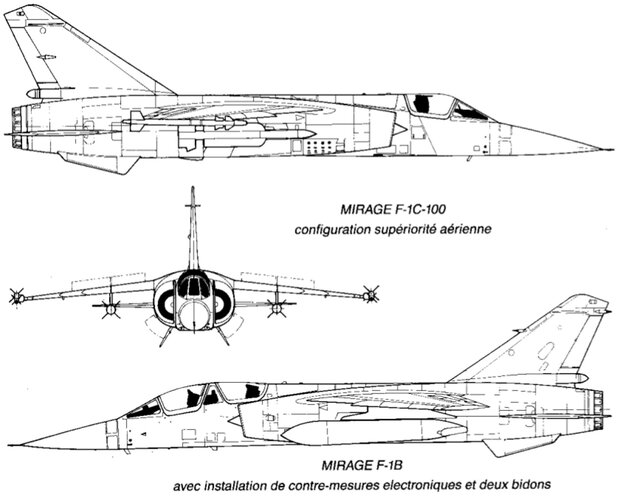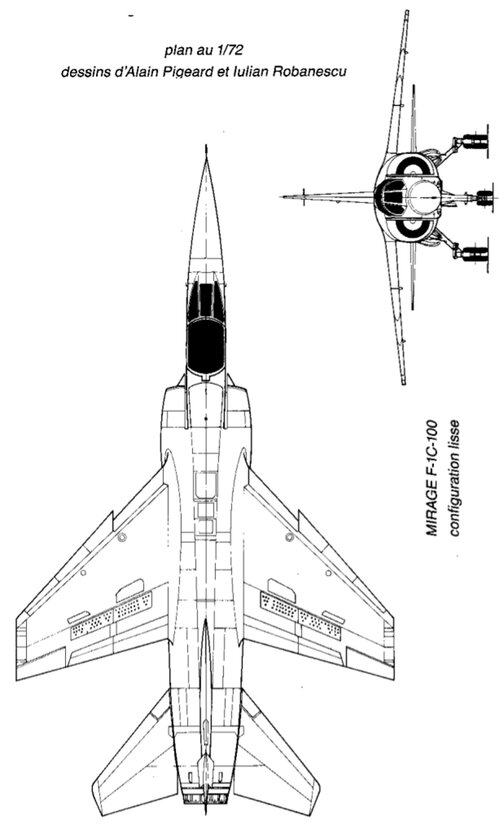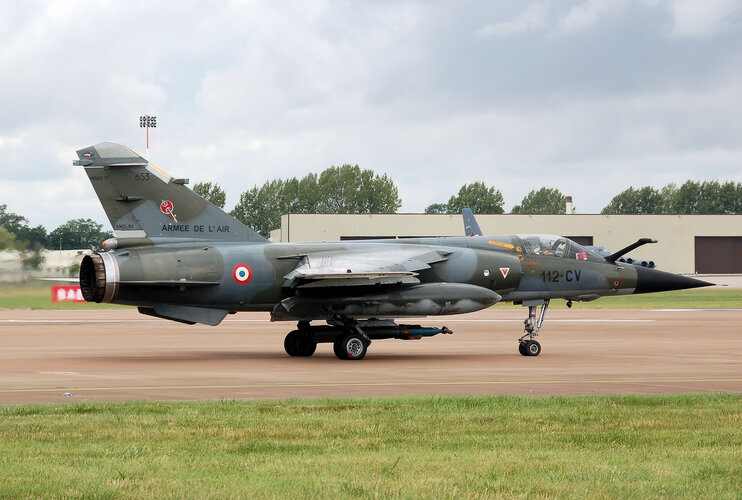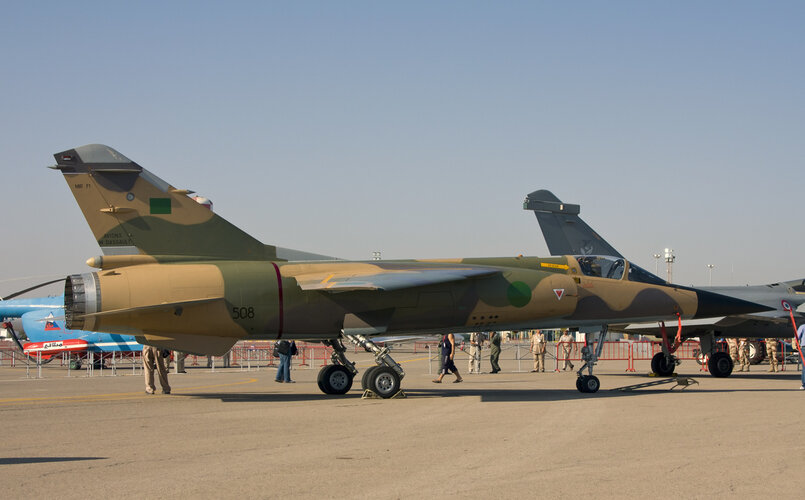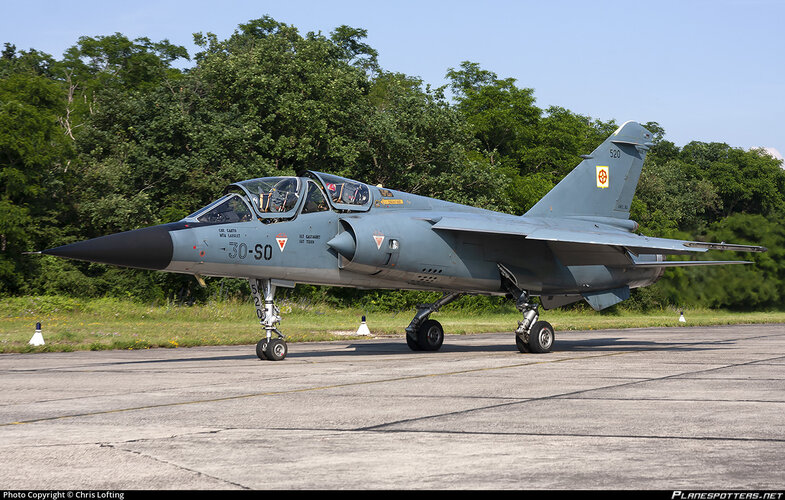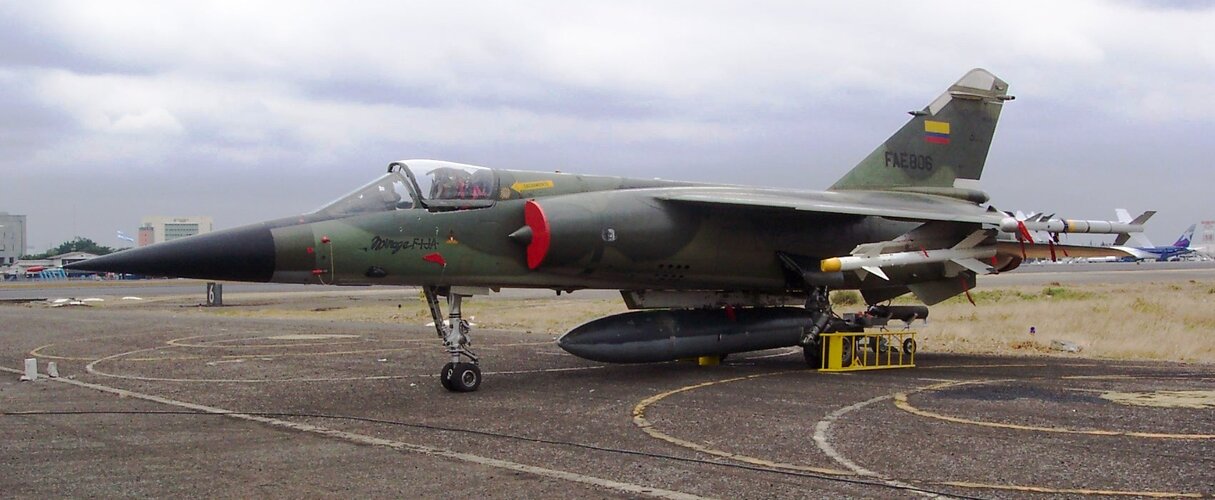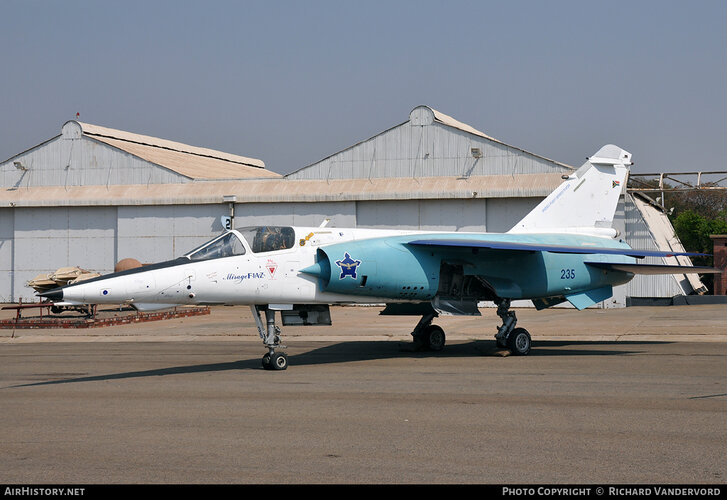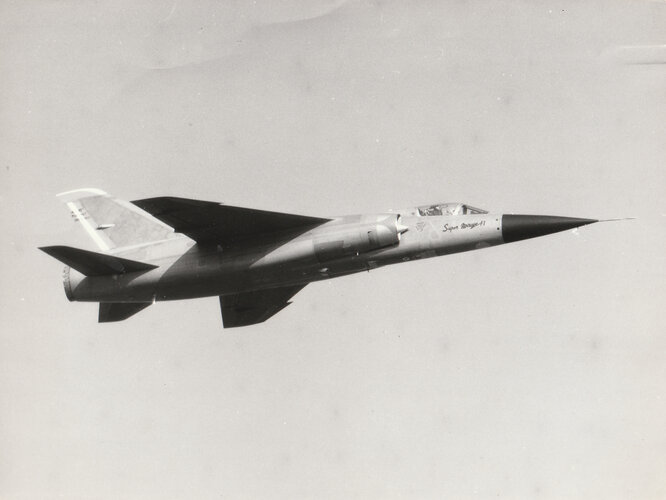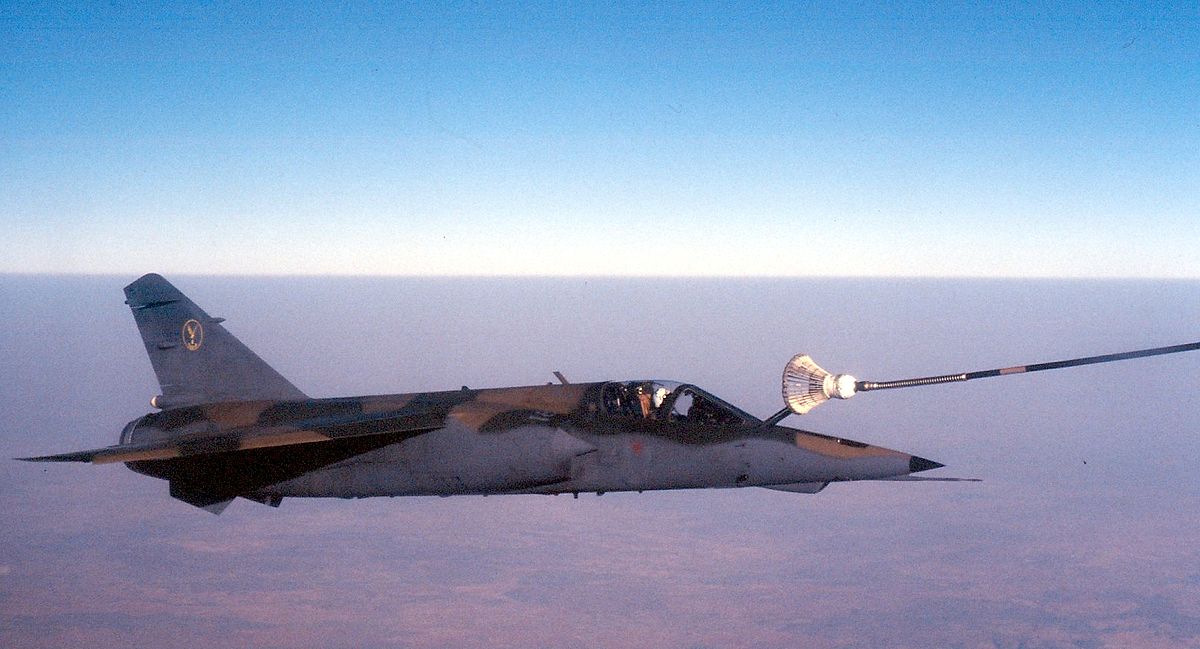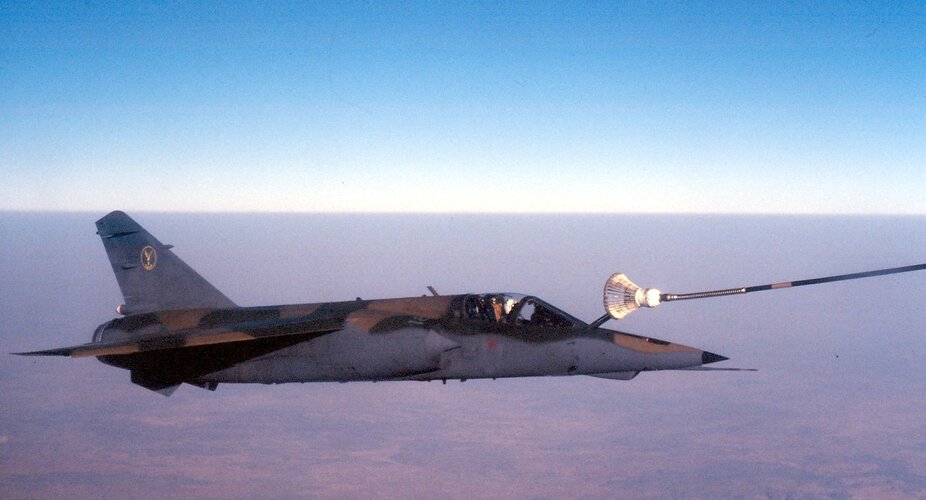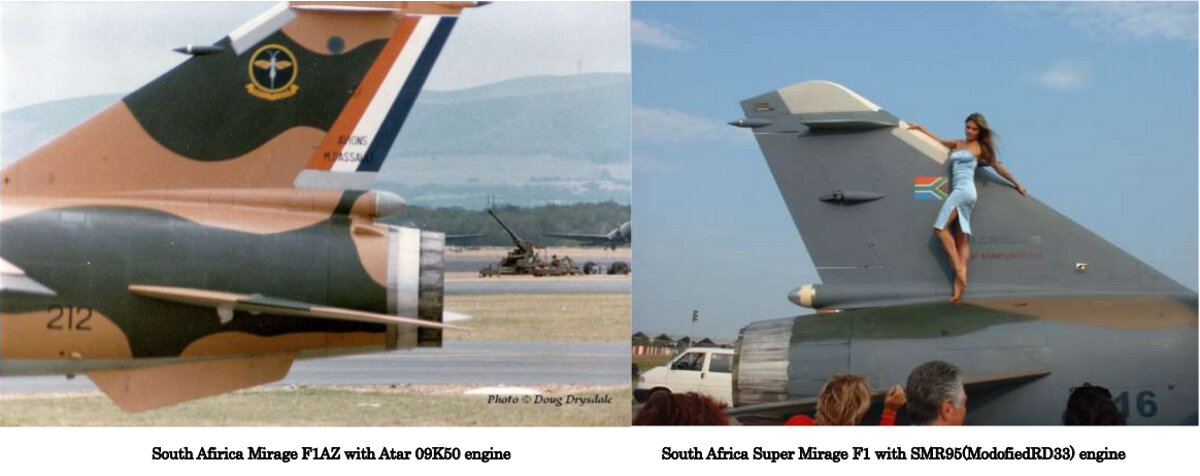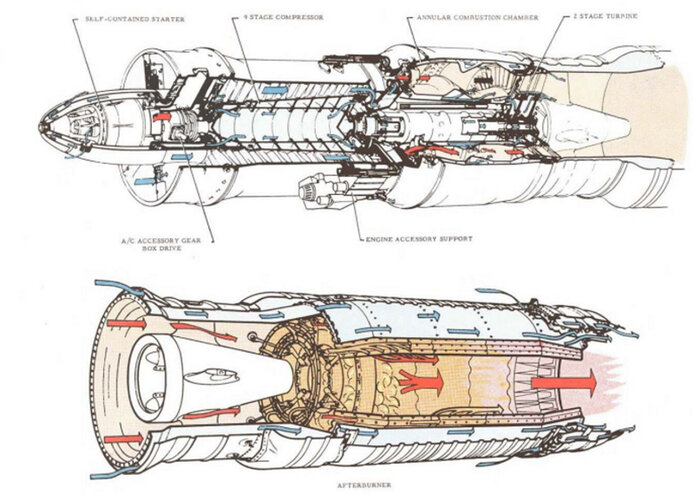- Joined
- 21 May 2006
- Messages
- 3,002
- Reaction score
- 2,278
I appreciate that the Mirage F1 M53 first flew in 1974, but does anyone know when Dassault officially started the F1 M53 program?
As a side note to my question, on researching the F1 M53, I've found the following snippets:
- Mirage F1 M53, although it's external appearance was generally the same as that of the Mirage F1C, the fuselage itself was stretched by 23 centimeters (9 inches) and empty weight increased by a little over 8%.
- slightly larger air intakes for a mass flow increased from 72 to 84kg/sec (158 to 185 pounds/sec).
Regards
Pioneer
As a side note to my question, on researching the F1 M53, I've found the following snippets:
- Mirage F1 M53, although it's external appearance was generally the same as that of the Mirage F1C, the fuselage itself was stretched by 23 centimeters (9 inches) and empty weight increased by a little over 8%.
- slightly larger air intakes for a mass flow increased from 72 to 84kg/sec (158 to 185 pounds/sec).
Regards
Pioneer

